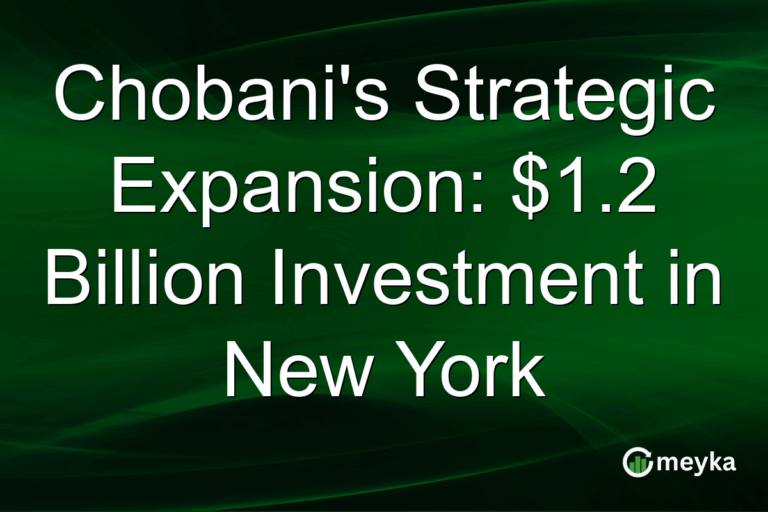Mortgage Rates Climb Higher Despite Federal Reserve Cut
Mortgage markets are sending a clear, frustrating signal to homebuyers. Mortgage rates have ticked up even though the Federal Reserve recently cut its policy rate. That feels like a paradox. But markets and mortgages often move for different reasons. This story explains why rates rose, who is hit hardest, and what experts expect next.
Mortgage Rates: why they rose after the Fed cut
At first glance, lower Fed policy rates should mean cheaper loans. In practice, mortgage rates follow longer-term interest expectations, not the overnight rate the Fed controls. The 30-year fixed mortgage is particularly linked to the 10-year Treasury yield and investor expectations about inflation and growth. After the Fed cut, markets re-priced risk and yields moved higher in some segments, pushing mortgage pricing up.
The bond market link
Mortgage lenders hedge by trading in bonds. When Treasury yields rise, bond investors demand higher returns. Lenders pass that on as higher mortgage rates. So even with a Fed cut, bond market moves can lift mortgage costs.
Inflation and risk premiums
If investors think inflation will stick or that demand will soon return, they demand higher yields. That raises long-term rates and the cost of borrowing for homebuyers. In short: the Fed sets short rates; markets set long rates. Mortgage rates mostly follow the latter.
Mortgage Rates: historical context and recent movement
Mortgage rates have fallen from their peak earlier in the cycle, but they remain well above the lows seen in past years. After the latest Fed action, mortgage pricing actually climbed, a reminder that headline policy and market prices don’t always move together. Analysts now put 30-year rates in the mid-6% range for much of 2025, with only gradual relief expected into 2026.
Recent numbers and trends
Industry trackers showed the average 30-year rate moving up a few basis points after the Fed announcement, leaving many buyers and refinancers disappointed. Forecasts cluster around mid-6% through 2025, with possible dips to lower-6% territory late in 2026 if inflation keeps cooling.
Mortgage Rates: expert opinions and market reaction
Economists and mortgage specialists offer similar explanations: bond yields, inflation expectations, and market positioning. Some analysts warn that waiting for a big rate drop is risky. If rates fall modestly but house prices rise, buyers who delay can lose out on affordability for reasons other than the monthly rate.
What analysts are saying
Experts advise buyers to weigh affordability and housing supply versus chasing a lower rate. For many, buy now and refinance later may be sensible if a good home appears and the monthly payments fit the budget. Forecasts for 2026 show a gradual easing, not a sharp collapse in mortgage costs.
Mortgage Rates: impact on borrowers and the housing market
Higher mortgage rates hit two groups hardest: potential buyers and current homeowners seeking to refinance. For buyers, a half-percent rise can shave tens of thousands off purchasing power. For refinancers, past gains in home equity are less useful if new loan rates don’t drop enough to justify closing costs.
Refinancing hurdles
Refinancing becomes less attractive when the gap between an existing loan rate and new market rates shrinks. Many homeowners who hoped to refinance into much lower monthly payments now face a tougher cost-benefit decision. That reduces refinance volume and can slow consumer spending tied to cash-out refinances.
Affordability and demand
Higher rates reduce affordability. Some buyers delay purchases. That can ease demand in the short term but also reduce inventory turnover, which can keep prices from falling quickly. The net result is a complicated tug-of-war between rates and home prices.
Mortgage Rates: policy, supply, and the broader picture
Mortgage pricing is shaped by more than Fed moves. Housing supply, government policy, global capital flows, and bank balance sheets matter. Tight housing stock keeps prices higher even when rates move. And flows of global capital into U.S. Treasuries can lower yields, or reverse, depending on global risk appetite.
Geographical effects
The impact is uneven. High-priced coastal markets feel rate moves more because home prices are higher. In cheaper, supply-constrained metro areas, buyers feel the squeeze sooner. International buyers and investors can also influence local markets through capital flows. This debate matters to U.S. buyers most, but global markets feel the ripple.
Why are mortgage rates rising if the Fed is cutting rates? Mortgage rates track long-term bond yields and investor expectations about inflation and growth. The Fed sets short-term rates; mortgage pricing follows market sentiment and the 10-year Treasury yield.
When will mortgage rates finally fall? Most forecasters expect only modest declines through 2025, with clearer easing possible in late 2026 if inflation stays subdued. Timing is uncertain, so plan for scenarios, not a single outcome.
Mortgage Rates: what homeowners and buyers should do now
- Lock a rate if you find a house you can afford. The cost of waiting is not just rate risk but also price risk.
- Shop lenders, small differences in rate offers still matter.
- Consider refinancing later if rates fall; refinancing is a valid plan for many buyers.
- Watch bond markets and inflation data; those will move mortgage pricing more than Fed headlines.
Conclusion
The recent rise in Mortgage Rates after a Fed cut is frustrating but explainable. Markets price long-term risk and inflation expectations, and those forces can push mortgage costs higher even as short-term policy eases. For buyers, the math is simple: weigh affordability, inventory, and long-term plans.
For policymakers and analysts, the episode is a reminder that monetary policy and mortgage markets are related, but not the same. Expect gradual relief if inflation continues to cool, but not an immediate return to the ultra-low rates of recent years. Stay flexible and plan for multiple scenarios.
FAQ’S
Mortgage rates can rise after a Fed cut because they follow long-term bond yields, not the Fed’s short-term policy rate. Investor expectations for inflation and economic growth drive those yields.
When the Fed cuts rates, borrowing costs for short-term loans usually drop. However, mortgage rates may not fall right away since they depend more on long-term market conditions.
Mortgage rates don’t always drop after a Fed meeting. They may go up or down depending on bond markets, inflation trends, and investor confidence.
A Fed interest rate cut can lower some adjustable-rate mortgages and home equity loans. But fixed-rate mortgages often respond to bond yields instead of Fed moves.
Mortgage rates aren’t directly tied to Fed cuts. They are influenced more by Treasury yields, inflation outlook, and global market forces, which can move in the opposite direction.
Disclaimer
This is for information only, not financial advice. Always do your research.






